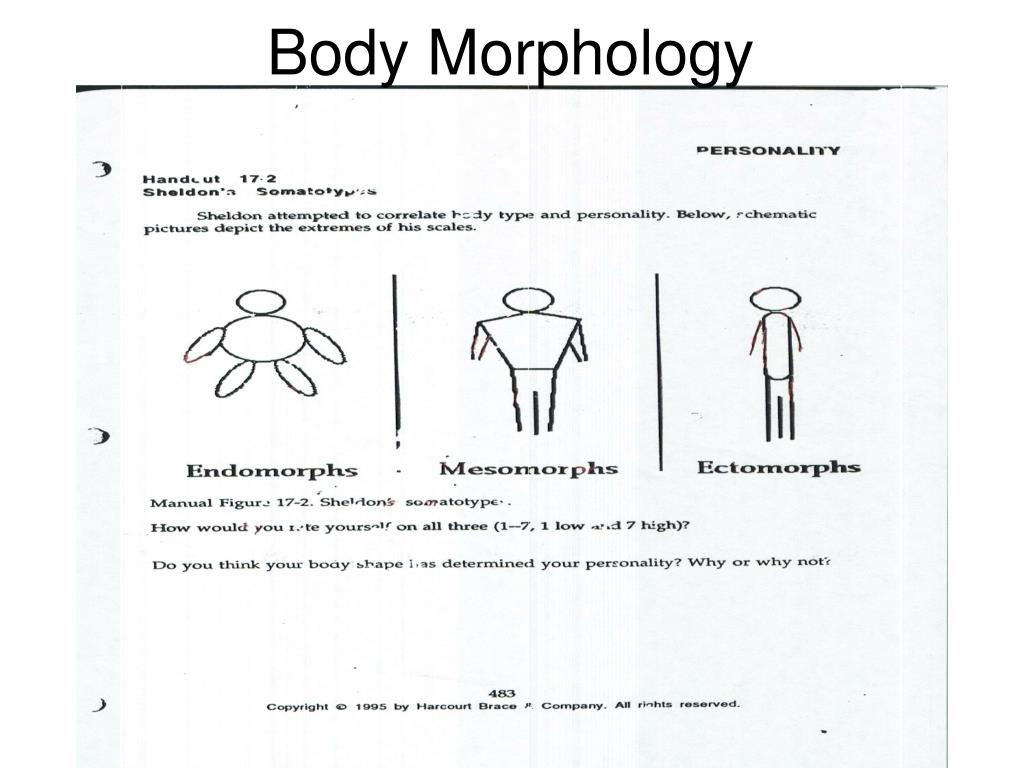Introduction to Anatomy and Physiology Biology Diagrams Human skin is an example of, keratinised, stratified epithelium. The lining of the mouth cavity is nonkeratinising, stratified epithelium. Horny epithelium cells Cuboidal cells Basal lamina Connective tissue Fig. 31.6: Stratified Epithelium B. Connective Tissue This is the most widespread tissue in the human body. Its function is primarily
+of+the+body..jpg)
Keywords: Categories, cells, human body, morphology. I NTRODUCTION. The basic structural and functional unit of the living organism is the cell. The cell is a model of the whole organism represented in a very small unit. The human body is formed of 30 trillion of cells. These cells are falling in about 215 types and 4 types of tissues.

Different Cells of the Human Body: Categories and Morphological ... Biology Diagrams
Human Morphology. Section Editor(s): Adam Baxter-Jones PhD, College of Kinesiology, University of Saskatchewan, Canada Human Morphology includes research into the study of the structure of the human body in connection with its development and function through human anatomy, embryology, and histology. Morphology - Structure, Function, Evolution: The best known aspect of morphology, usually called anatomy, is the study of gross structure, or form, of organs and organisms. It should not be inferred however, that even the human body, which has been extensively studied, has been so completely explored that nothing remains to be discovered. It was found only in 1965, for example, that the nerve

Anatomical intorduction: body parts, directions, planes, anatomical nomenclatura, human cell and thissues. Osteology and myology I. Osteology and myology II. Anatomy of the skeleto-muscular system I: shapes, structure and chemical composition of the bones, ossification types, syndesmology

Elements of Morphology: Standard Terminology for the Trunk and Limbs Biology Diagrams
This paper is part of a series of six papers defining the morphology of regions of the human body [Biesecker et al., 2008; Carey et al., 2008; Hall et al., 2008; Hennekam et al., 2008; Hunter et al., 2008]. The series is accompanied by an introductory article describing general aspects of this study [Allanson et al., 2008]. The reader is
